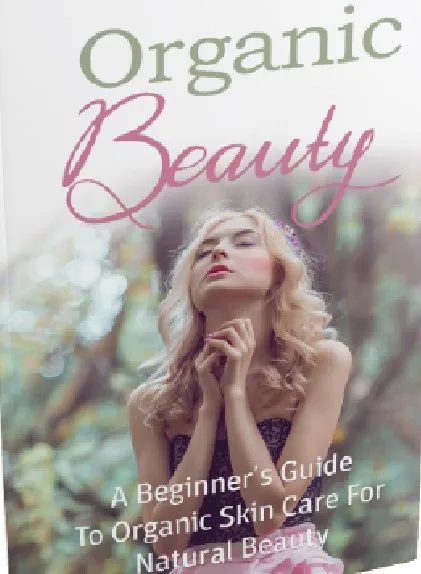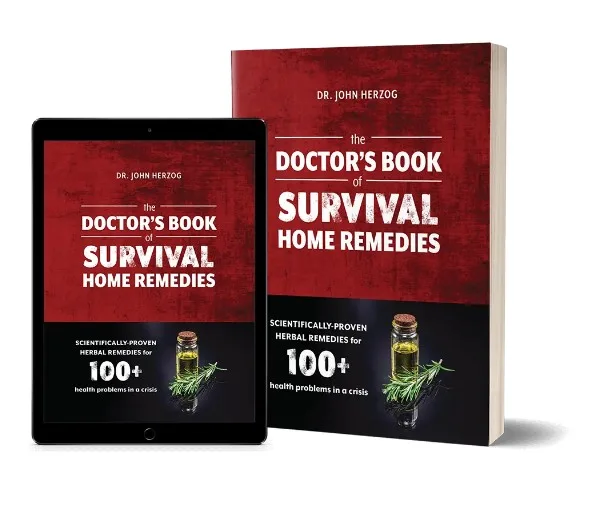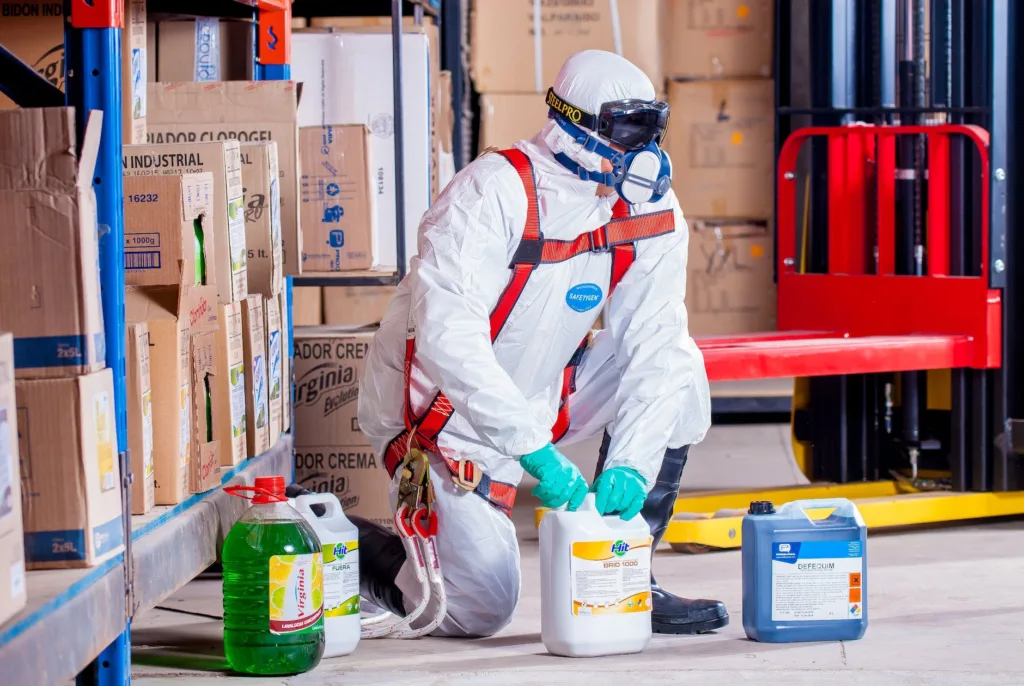Comprehensive guide to health and environmental benefits
Transitioning to a chemical-free lifestyle can dramatically improve your health and reduce your impact on the environment. Chemicals found in everyday products have been linked to many health issues, including allergies, reproductive issues, and even certain types of cancer. By making conscious choices and embracing chemical-free alternatives, you can create a safer, healthier environment for you and your loved ones. In this guide, we’ll provide step-by-step instructions, practical tips, and success stories to help you transition to a chemical-free lifestyle.
Section 1: Cleaning Products

- Evaluate your current cleaning products:
- Make a list of all the cleaning products you currently use and research the chemicals they contain.
- Identify the most harmful chemicals to prioritize their replacement.
- Choose natural alternatives:
- Research and experiment with natural cleaning products such as baking soda, vinegar, and castile soap, which are effective and affordable alternatives.
- Start by replacing one cleaning product at a time to avoid overwhelming yourself with changes.
- DIY Cleaning Recipes:
- Explore online resources to find homemade cleaning recipes using natural ingredients.
- Experiment with different combinations to find what works best for you.
- Consider making an all-purpose cleaner, glass cleaner, laundry detergent, and dish soap, among others.
- Personal story: Sarah’s success story
- Sarah, a mother of two, successfully switched to chemical-free cleaning products after researching and creating her own cleaning recipes.
- Sarah has noticed that her son’s allergies have decreased significantly and his home environment is cooler and safer.
Section 2: Personal Care Items

- Find out:
- Research harmful chemicals that may be present in your personal care items, including shampoos, soaps, deodorants and toothpaste.
- Common chemicals to avoid may include parabens, phthalates, and sulfates.
- Clean Beauty Marks:
- Look for clean, organic beauty brands that explicitly state that their products are free from harmful chemicals.
- Check beauty brands that have certifications such as EWG Verified or USDA Organic.
- DIY Personal Care Items:
- Experiment with making your own personal care items using natural ingredients like coconut oil, shea butter, and essential oils.
- Start with simpler items like body scrubs, face masks and lip balms, then gradually develop more complex products.
- Personal story: Mark’s success
- Mark decided to switch to chemical-free personal care items due to persistent skin irritations.
- After switching to natural alternatives, her skin has noticeably improved and her confidence has increased.
Section 3: Food Choices
- Organic Foods:
- Choose organic fruits, vegetables and other food products whenever possible.
- Organic farming practices reduce exposure to chemicals and promote healthier soil, water and wildlife.
- Cut down on processed foods:
- Processed foods often contain artificial preservatives, flavors and colors.
- Opt for whole foods and cook your meals at home to have control over the ingredients.
- Grow your own food:
- Start a vegetable garden or join a community garden to grow your own fruits, vegetables and herbs.
- This ensures full control over the use of chemicals and encourages a closer connection with nature.
- Personal story: Emily’s success story
- Emily is committed to eating organic, unprocessed foods while growing her own vegetables.
- Over time, she noticed an increase in her energy level, an improvement in her overall health and a feeling of satisfaction.
- Meaning of a Healthy and Natural Lifestyle
Section 4: Environmental and Health Benefits

1. Reduced Exposure to Harmful Chemicals:
-Chemical-free living reduces your exposure to toxic substances, minimizing health risks and potential side effects.
2. Improved Indoor Air Quality:
– Reducing or eliminating chemical-based cleaning products and synthetic scents can significantly improve indoor air quality.
3. Positive Impact on the Environment:
– By reducing chemical usage, you contribute to healthier ecosystems, cleaner water sources, and reduced pollution.
Section5: Resources and Further Reading
1. Books:
– “The Chemical-Free Home” by Melissa M. Poepping
– “Natural Home Cleaning: Over100 Ways to Clean Your Home Naturally” by Fern Green
– “No More Dirty Looks: The Truth About Your Beauty Products and the Ultimate Guide to Safe and Clean Cosmetics” by Siobhan O’Connor and Alexandra Spunt
2. Websites and Organizations:
– Environmental Working Group (EWG): Provides information on chemicals in household products and personal care items.
– The Detox Project: Raises awareness about the presence of harmful chemicals and supports a chemical-free lifestyle.
Transitioning to a chemical-free lifestyle is a personal and rewarding journey. By following the steps and tips provided in this guide, you can make a significant positive impact on your health and the environment. Remember, incremental changes are better than no change at all. Stay knowledgeable, experiment, and share your success stories to inspire others to join the chemical-free movement

